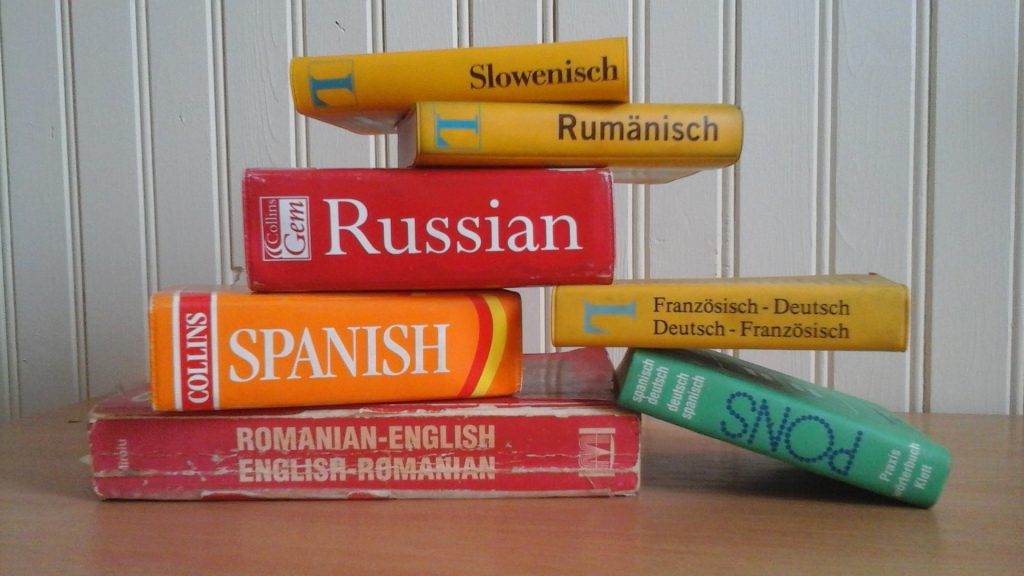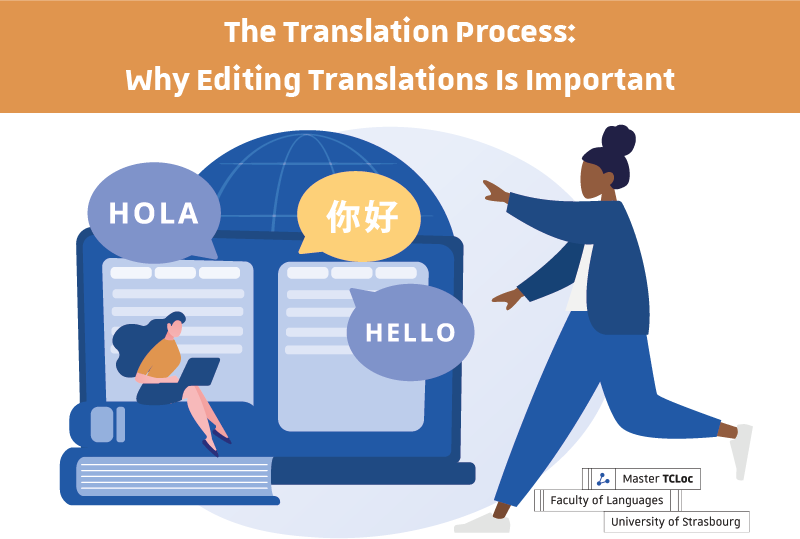In today’s global market, it’s not enough to have your content available in only one language: from marketing materials to product catalogues, multilingual content is becoming the standard. But there’s more to translating your text than just transforming it from one language into another. In bringing your content to the correct audience, the secondary stages in the translation process, proofreading and editing the translated text, are what ultimately make the text ready for its intended purpose.
Why is editing translations important?
Wherever humans are involved in a process, there will be a certain number of errors. This is as much the case in translation as in any other industry – and, in fact, even machine translation has its limits in terms of accuracy. Even a text that is translated by a highly specialised, experienced and qualified translator using the most sophisticated of computer-aided translation (CAT) tools can contain errors or mistranslations, which, if not reviewed, could slip through to the final product. This can result in an inaccurate text and a disappointed customer. To avoid this, the translation industry now recognises the TEP process (translation, editing, proofreading) as a standard in ensuring the highest translation quality. These two subsequent review phases mean that the translated text has been read by at least two additional language experts before being returned to the client.
What is TEP? Translation, editing, proofreading
As explained above, translation is not a single step, but a multi-stage process, consisting of Translation, Editing, and Proofreading (TEP). Following the TEP process ensures both that the text will have the highest quality possible and that it will be most suitable for your target audience.
Translation is the first step in the translation process: bringing the original text into the target language. This should be carried out by a qualified translator with the target language as their mother tongue. Professional translators generally work with the aid of a CAT tool. This powerful software provides the translator with access to translation memories, ensuring accuracy and maximum efficiency in terms of time and cost.
Editing and proofreading are the next tasks in the process. These are usually carried out by the same language vendor that produces your translation; however, if these services are not offered, you should consider seeking help from another external source. Editing takes place after the text has been translated into the target language. Proofreading is the final stage in this process before your text is considered ready to be released. Below, you will learn more about the work carried out in these two steps and the differences between them.

What is the difference between proofreading and editing in the translation process?
- Editing is the process performed immediately after translation. The translation is edited by a second qualified translator with the target language as his or her native tongue so that the source and target text can be compared. This means that the editor can ensure that the translated text is true to the source and that no changes in meaning have been introduced. Editors may also be experts in a particular field and so will be able to spot errors in terminology or word usage. Additionally, he or she will make certain that the text is appropriate for the intended target market, such as checking that the spellings or measurement units used in the text are appropriate for that country, or that certain phrases will be understood correctly. Finally, an editor is responsible for ensuring that the translated text flows correctly in the target language: if it doesn’t read as though originally written in this language, a native speaker will find the text jarring and hard to read.
- Proofreading is another highly skilled job that should not be confused with editing. It is the final stage in the process and is carried out by a third qualified person. As this step only makes use of the target text, this person may not be a translator, but will be an expert in, and mother-tongue speaker of, the target language. After all the changes from the editing stage have been implemented, it is the proofreader’s task to ensure that there are no lingering errors that either have been missed by, or introduced during, the editing process. Proofreaders also look for errors or inconsistencies in grammar, style, punctuation and spelling, as well as checking for repetition of words or punctuation, correct line spacing and overall appearance.
Conclusion: Translation and TCLoc
When all three of these processes have been completed, your translation should be both as error-free as possible and appropriate for your target market. To ensure the highest quality standards in your translated text, look for a language vendor that uses TEP in its translation process and adheres to the ISO 17100 translation standard. For other information on the translation and localisation industry, take a look at the TCLoc Blog and follow us on Twitter.



